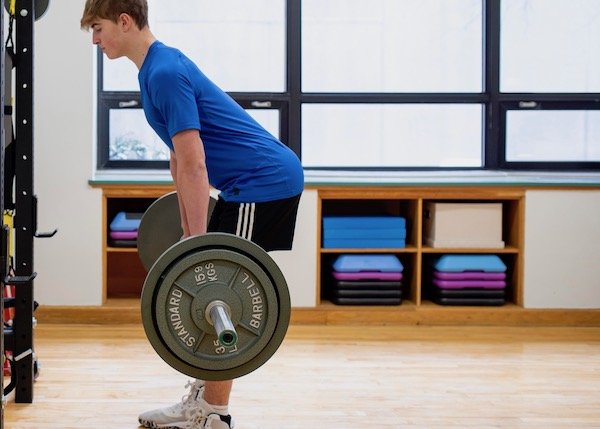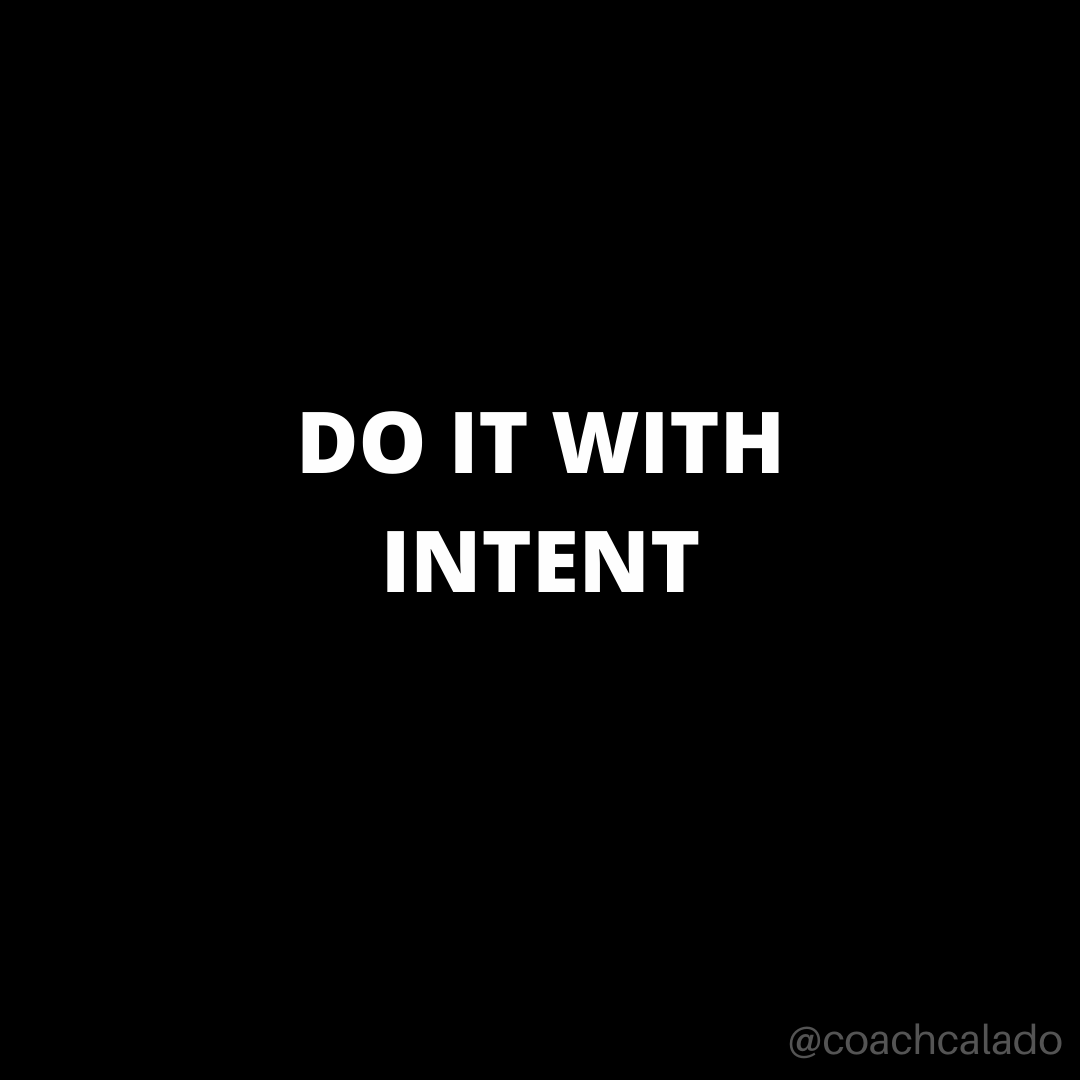Introduction
As parents, coaches, and educators, we all want the best for our youth. We strive to provide them with the tools and opportunities they need to succeed in life, both physically and mentally. One often overlooked aspect of youth development is strength and conditioning. Recent research has shed light on the importance of building strength and athleticism in young individuals, and it goes far beyond just being physically fit. In this blog post, we'll delve into the significance of strength and conditioning for youth, emphasizing key factors like peak height velocity, critical windows for development, proper form, and the many benefits, both physical and psychological, that come with it.
1. Peak Height Velocity (PHV) and Critical Windows
Peak Height Velocity (PHV) refers to the period during adolescence when an individual experiences their most rapid growth in height. It typically occurs around ages 12 to 14 in girls and 14 to 16 in boys. During this critical window, a child's body is highly adaptable and responsive to training stimuli. Research has shown that this is the optimal time to introduce strength and conditioning programs, as the body can make significant gains in muscle and bone development.
2. Developing Proper Form and Fundamental Movement Patterns
Strength training is not just about lifting weights; it's about teaching young athletes proper form and fundamental movement patterns. Developing these skills early not only reduces the risk of injury but also sets the foundation for a lifetime of healthy physical activity. Young athletes who learn how to move correctly are less likely to develop bad habits that can lead to injury in the long run.
3. Physical and Psychological Benefits
The benefits of strength and conditioning for youth go beyond the physical realm. Improved self-esteem, self-confidence, and a sense of accomplishment are often seen in young individuals who engage in structured training programs. When children see the results of their hard work in the form of increased strength and improved athletic performance, it boosts their self-esteem and provides a sense of purpose.
4. Injury Prevention and Athletic Performance
One of the most significant advantages of youth strength training is injury prevention. Developing strong muscles, tendons, and ligaments can protect young athletes from common sports-related injuries. Additionally, increased strength and power contribute to enhanced athletic performance. Young athletes who engage in strength and conditioning programs often experience improvements in speed, agility, and vertical jump height – essential attributes for sports like basketball and volleyball.
5. Setting the Stage for Future Success
For those aspiring to collegiate, varsity, or even professional sports, youth strength and conditioning lay the groundwork for future success. The physical and mental discipline acquired through training can translate into elite-level performance. Many professional athletes credit their early exposure to strength training as a key factor in their journey to the top.
Conclusion
In today's competitive world, youth strength and conditioning should be considered an essential component of a well-rounded education. It's not just about building strong bodies but also about fostering confident, disciplined, and resilient individuals. By introducing strength training during the critical windows of development, emphasizing proper form and fundamental movement patterns, and reaping the physical and psychological benefits, we can set our youth on a path to a healthier, more successful future. Remember, investing in the physical well-being of our youth today will pay dividends for a lifetime of achievement and happiness.













